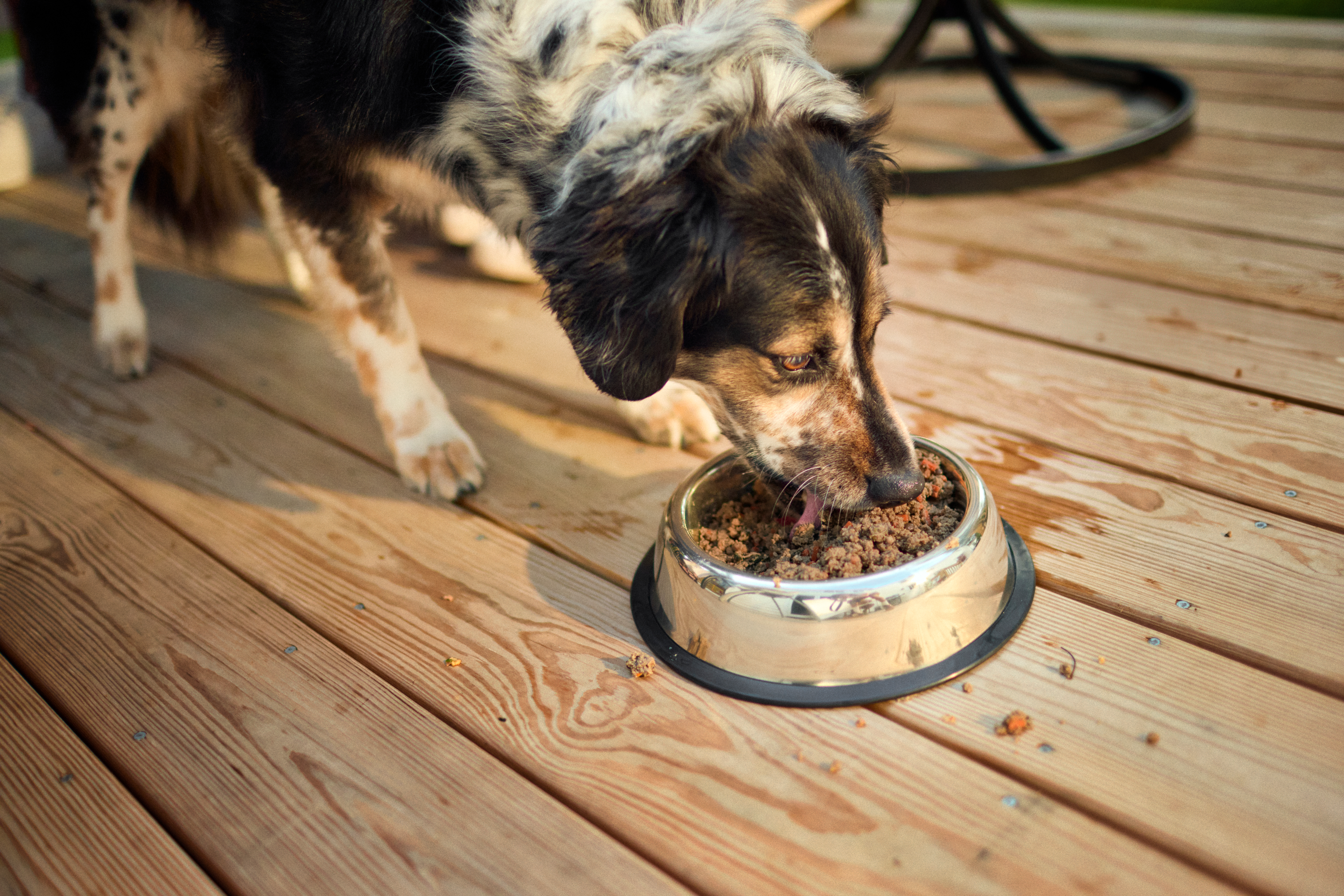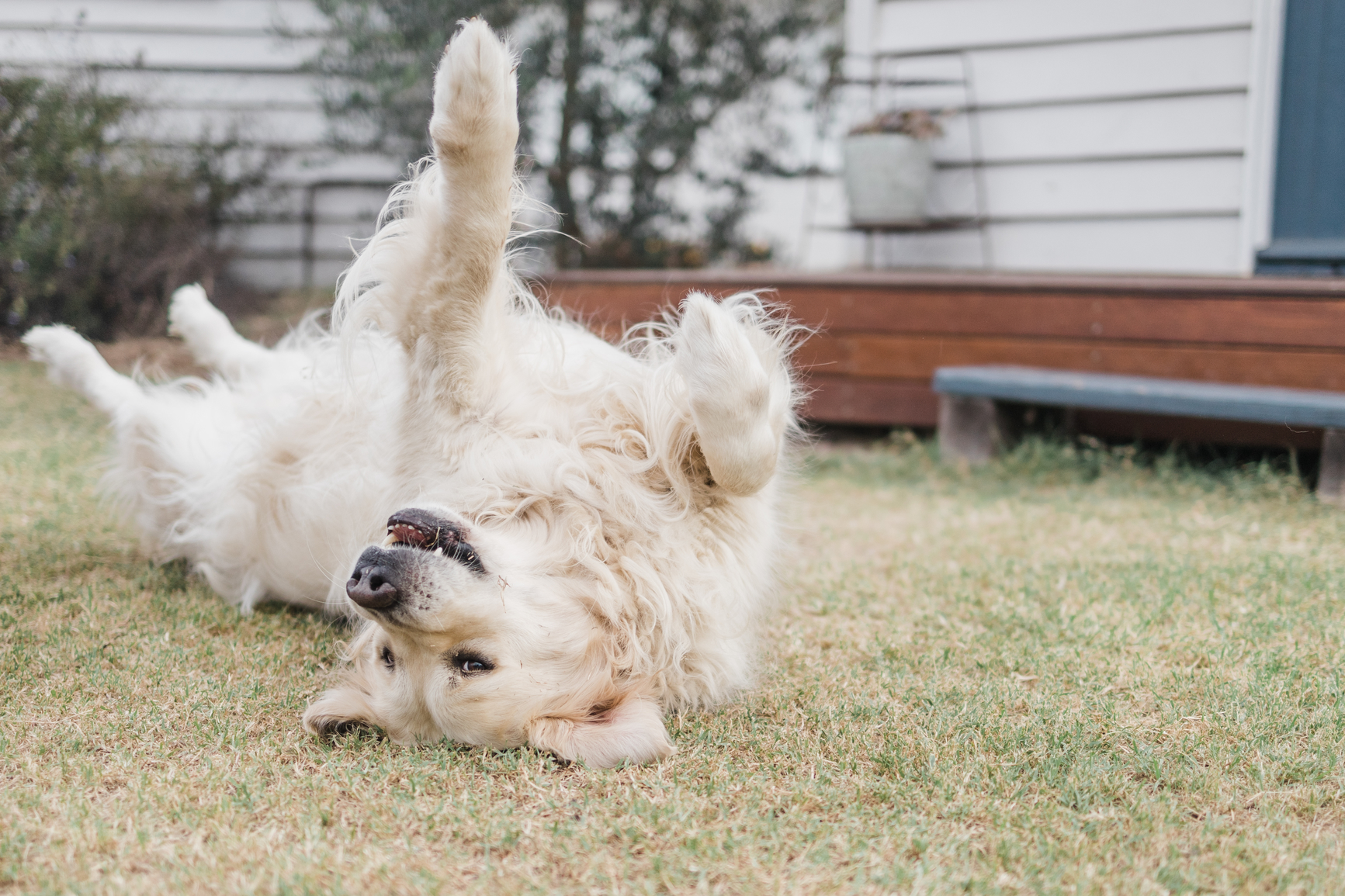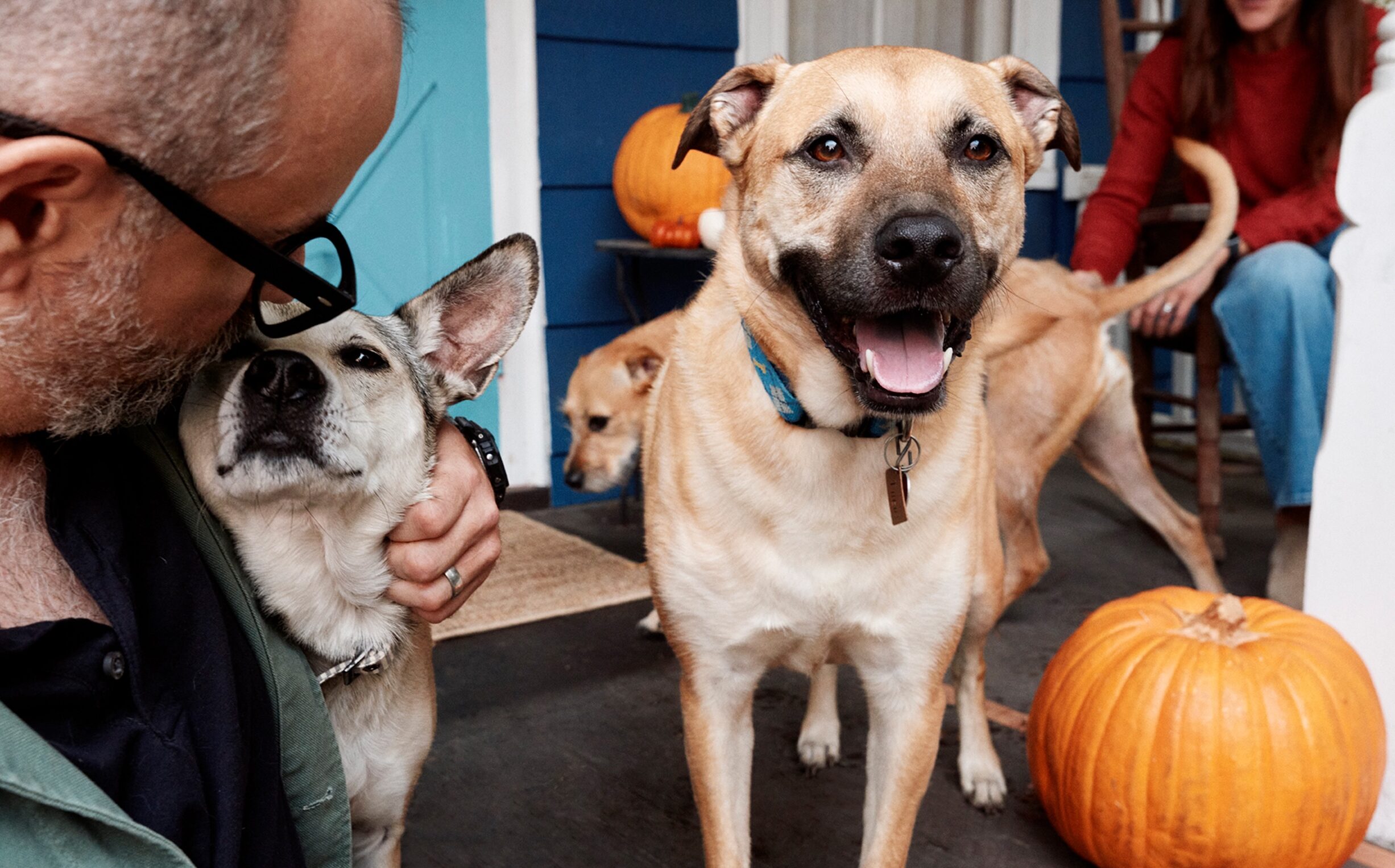Bringing a new puppy into your life is exciting, but—and we’re sure we’re not the first to tell you this—it’s going to be a lot of work. No matter what, the first days will feel overwhelming. But the right preparation can make it easier for you and your new best friend to get to the important stuff, like belly rubs. Here’s what you should do before you bring your puppy home.
Make a budget
Caring for a puppy involves various ongoing expenses, and you can save yourself trouble if you list out as many as possible in advance and figure out how you’re going to pay for them. They’ll vary by dog, but include veterinary care (both routine matters like vaccinations and treatment in the event of illness or injury); supplies like leashes, harnesses, and a crate; a trainer and/or classes; a walker and/or a pet-sitter; and, of course, food and treats.
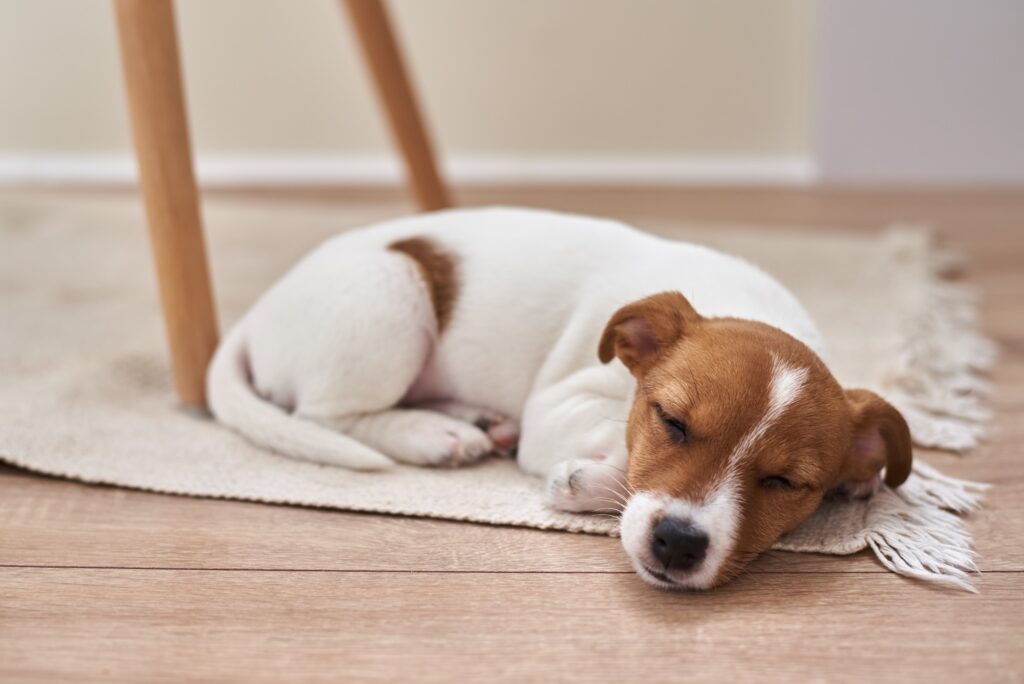
Find a veterinarian, and schedule an appointment
As mentioned above, veterinary care is a vital part of any dog’s life. If you can, plan for your puppy’s first vet visit before you bring them home—sometimes there can be a considerable wait for an appointment. To find the right vet, you can ask friends and family; your rescue, foster, or breeder; and other dog people you meet out and about in the world. Online directories can help, too. Our guide to choosing a veterinarian has more details.
Get supplies
Much of what you need to get for your puppy may seem obvious. Nevertheless, it can’t hurt to make an itemized list. Among the musts:
- Food and water bowls
- Food
- Treats
- Bed
- Crate, if you’re going to crate-train
- Leash
- Harness or flat collar
- Name/ID tag
- Toys
- Chews
- Dog-safe toothpaste and toothbrush
Make a training plan
In her book The Year of the Puppy, Dr. Alexandra Horowitz explains one fundamental problem in human-puppy relations—one that leads many humans to label normal puppy behavior as “misbehavior.” Dogs, she writes, “don’t have a clue about the identities we give to objects: that’s a shoe, not a chew toy!” As such, you’re going to have to dedicate considerable energy to teaching your dog what you want and how to live with you. Key early lessons include house-training and leash training. These will all require time, patience, and kindness.
On a basic level, all of this training involves rewarding the behavior you want. But there’s also what New York City dog trainer Denise Herman talks about as a “time-management” issue—your time and the puppy’s. She says that many of her clients want to know of their new puppies: “What do I do with them all day long?” Chewing and brain games can help with this—“They never have enough chew toys or interactive toys,” she says—and in some cases dogs’ behavior improves tremendously when they get more chewing time. Chewing time ties into one of Herman’s big themes: “The first thing I look at in all behavior problems,” she says, “is: why weren’t they doing something else?” Telling your dog “no” when they do something you don’t like, she says, isn’t going to work as well as showing them what you want—and making it worth their while.
Good chews and interactive toys can help with crate training, because you want the crate to be a happy place (never a punishment). In addition to feeding your puppy in there with an open door, sitting near them while they play or chew in the crate can help them develop positive associations with the space. “Most dogs are comfortable that way,” Herman says, “and you can work from there.”
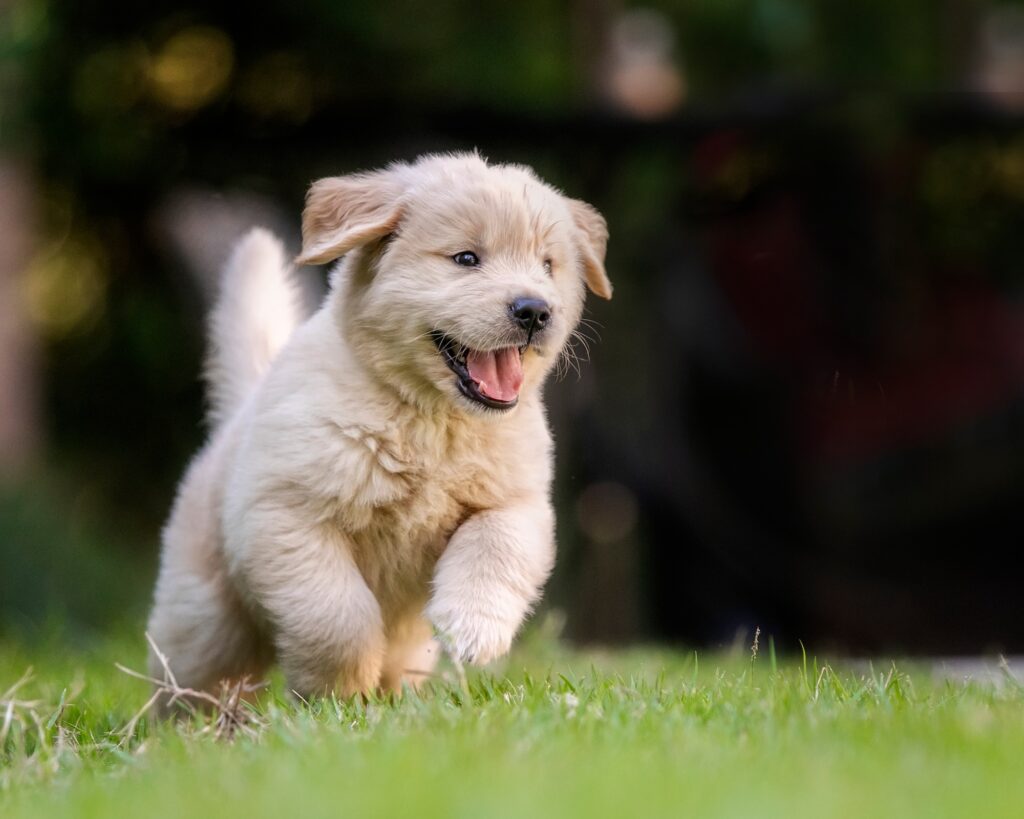
In Wag: The Science of Making Your Dog Happy, Dr. Zazie Todd writes about the significance of puppies’ “sensitive period for socialization,” which ends at around 12 to 14 weeks of age. “This,” she writes, “is when puppies’ brains are especially receptive to learning about the kind of social world they will live in as they get older.” Giving your dog plenty of positive experiences during this period, she writes, can make them “more likely to grow up to be a happy, friendly, confident dog.” Puppy classes with a qualified trainer can help with this, as can one-on-one training sessions.
Herman believes in one-on-one training for those who can afford it. She says that a trusted trainer is a resource who can make your first year with a puppy much smoother. “They’re going to see your dog, see your lifestyle,” she says—something that’s especially valuable because every dog, and every person, is an individual. This will make it easier for them to answer your questions without having to “figure it all out on the fly.”
Training a puppy is challenging, but it also can and should be fun. When we spoke to Vanessa Woods, who runs Duke University’s Puppy Kindergarten, she told us about how much playing games with puppies can benefit their development and help build your bond.
Get ready to understand your puppy
You’ll do your research before bringing a dog home, but the bottom line is that every dog is different. While it’s true that breeds have some tendencies—Dr. Stanley Coren told us about six-week-old golden retrievers who seemed like they’d been born to play fetch—it’s no guarantee of behavior. When you first bring home a puppy, they’ll be learning what you’re like… and you’ll be learning the same about them. It may take you some time to feel like a team.
This process can be tricky if you’ve had a dog before. Resist the temptation to compare your new puppy to other dogs, especially ones you’ve had for a long time. You didn’t achieve your rapport overnight. “It happened gradually,” says Herman. “A lot of the time,” she continues, “we get a puppy and it feels like sheer chaos because the dog that we just had was easy peasy—and we forgot that puppies don’t lay around all day. Puppies don’t [automatically] let us know that they need to go outside. We put all that data into the dog over time.”
Brace yourself (it’s going to be hard)
Speaking of that initial period of chaos… it’s almost inevitable.
We’ve written about how to beat the so-called “puppy blues” before, and our article goes in-depth on the subject. Know that there will be doubts and stress in the early days of puppy care—and that they will pass.
“I tell people the first three days are like a panic point,” Herman says. She lists likely mishaps: “He’s going to have things in his mouth. He’s going to pee in the wrong place. He’s going to bite you. That’s all normal.” She says that the best thing you can do is accept this; “Wait out the three days, and do the best you can without overreacting. It’s not always going to be like this.” By the fourth or fifth day, Herman says, you’ll usually be in a rhythm.
In most cases, once you and your dog are in sync, those early days will feel like a distant memory—and you’ll be left with a friendship that makes your life and your dog’s much better than they were before.
